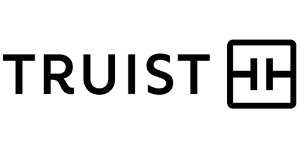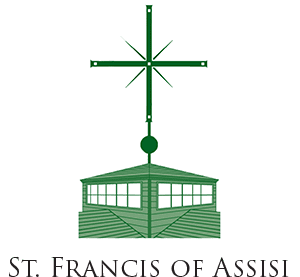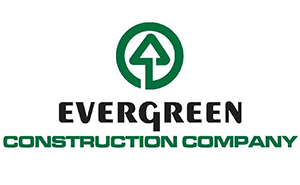
Today the Biden-Harris Administration, as part of the Housing Supply Action Plan, announced the release of final and temporary regulations on the average-income set-aside for low-income housing tax credit (LIHTC) properties and extensions on LIHTC deadlines in order to ensure that affordable housing developments delayed by public health, economic, and supply-chain issues can be built as expeditiously as possible and still qualify for LIHTCs.
Temporary and Final Regulations for the Average Income Set Aside Announced
The new guidance in particular removes the “cliff test” and allows unit redesignations based on a wide range of justifications. This particular test was especially contentious because under the proposed regulations, one unit being out of compliance with the required set aside could threaten the credits of the entire project. A key barrier to using the intended flexibility of income averaging.
What is Income Averaging?
The income averaging rule or average-income set-aside was added under the Consolidated Appropriations Act of 2018. The IRS released a notice of proposed rulemaking for the LIHTC average income (AI) set-aside in October of 2020.
The average-income set aside allows affordable housing projects to qualify for LIHTCs based on the average of the income limitations for rent-restricted units, rather than requiring a single income limitation for those units. This flexibility specifically aims to enable the creation of more financially stable, mixed-income LIHTC properties and make LIHTC-supported housing more feasible in rural areas, while also facilitating the production of additional affordable units for extremely low-income tenants (ELI) by allowing for cross-subsidization within a project.
Critical Housing Credit Deadline Extensions
In the IRS notice 2022-52, several critical deadlines were altered or further clarified for LIHTC properties. The intent of the notice is stated as “providing additional temporary relief from certain requirements under § 42 of the Internal Revenue Code for qualified low-income housing projects.” The IRS and Department of the Treasury are responding to the several inquiries related to “unavoidable labor and supply-chain disruptions delaying the construction, rehabilitation, and restoration of properties throughout the United States. The various changes mentioned below are the attempt to mitigate the impacts of these circumstances.
Placed-In-Service Deadline Extensions
The placed-in-service deadlines for LIHTC developments have been extended for one year for projects receiving allocations in 2019, 2020, and 2021.
- If the original placed-in-service deadline for a low-income building to be placed in service is the close of calendar year 2020, the new deadline is December 31, 2022.
- If the original placed-in-service deadline is the close of the calendar year 2021, and the original deadline for the 10-percent test was before April 1, 2020, the new deadline is December 31, 2023.
- This also applies if the original deadline for the 10-percent test was on or after April 1, 2020, and on or before December 31, 2020.
- If the original placed-in-service deadline is the close of calendar year 2022 and the original deadline for the 10-percent test was in 2021, then the new placed-in-service deadline is December 31, 2024.
- If the original placed-in-service deadline is the close of calendar year 2023 and the original 10-percent test was in 2022, the new placed-in-service deadline is December 31, 2024.
Extensions to Reasonable Restoration, Correction Periods, and Compliance Monitoring
In addition to the placed-in-service extensions, additional extensions to reasonable restoration correction periods and compliance monitoring were also included.
- A twenty-four (24) month extension of reasonable periods set by an Agency.
- A twelve (12) month extension of correction periods set by an Agency.
- If a correction period was set by the Agency ends on or after April 1, 2020 and before December 31, 2022, and the end of the correction period – including any extensions – is extended by a year but not beyond December 31, 2023.
Due to COVID-19, waivers for physical compliance monitoring were granted beginning April 1, 2022, and ending on June 30, 2022. Due to the high variability of COVID-19, an agency, consistent with a general or specific health and safety recommendation of a State or local public health authority, may extend the waiver if the level of transmission makes such an extension appropriate.must resume compliance-monitoring reviews.
- Waivers can be limited to specific locales or be authorized on a project by project basis.
- No such extension may go beyond December 31, 2023. Compliance monitoring must resume beyond this date.
Additionally – between April 1, 2020 and the end of 2022 only, when the Agency gives an Owner reasonable notice that it will physically inspect not-yet-identified low-income units, this reasonable notice period may be up to 30 days.
- Beginning on January 1, 2023 the reasonable notice again is generally no more than 15 days.
The changes to the housing credit deadlines update and amplify the existing Notice 2022-52 The average-income set aside temporary and final regulations are set to go into effect on October 12, 2022 when they are scheduled for publishing in the Federal Register.








